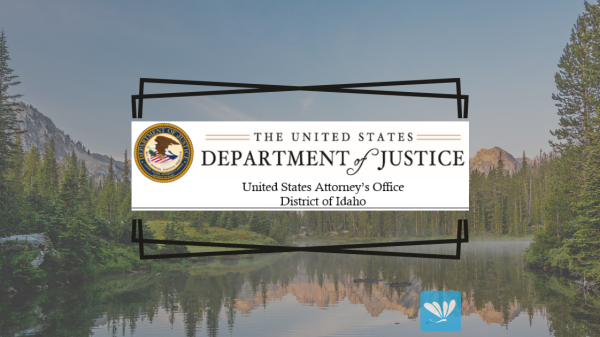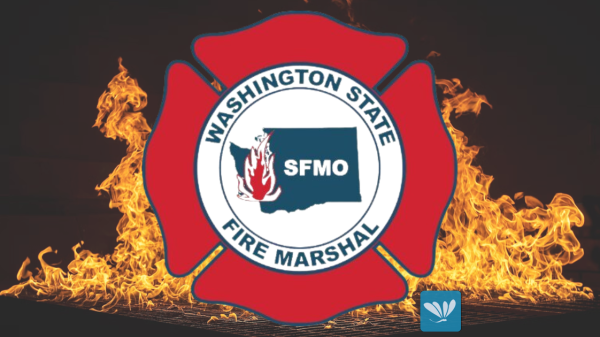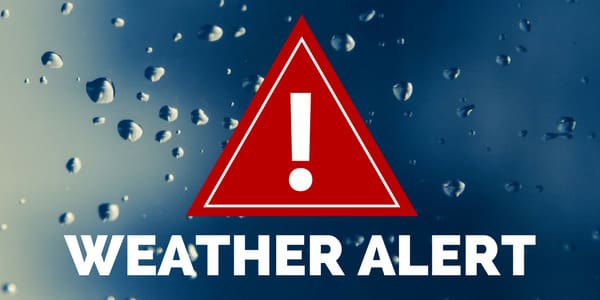The federal government is sending medical personnel and toxicologists to conduct public health testing following the derailment of a train carrying hazardous materials that released into a small town near the Ohio-Pennsylvania border.
A team from the U.S. Department of Health and Human Services and Centers for Disease Control and Prevention will be on the ground in East Palestine, Ohio, as well as the Agency for Toxic Substances and Disease Registry, to support EPA and state health department efforts, administration officials said on a call with reporters Friday.
Ohio’s Republican Gov. Mike DeWine and the state’s congressional delegation requested additional federal aid on Thursday to conduct public health testing and assessments, according to administration officials, who spoke on background.
On Feb. 3, a Norfolk Southern Railway train derailed in East Palestine, a town of nearly 5,000 residents, leading to the release of dangerous chemicals through a controlled burn to prevent an explosion. It forced residents to evacuate the area.
“This was a horrific mistake,” an administration official said. “A trauma visited upon this community.”
Ohio lawmakers and EPA administrator Michael Regan have been in East Palestine to hear from residents, who have complained about rashes, headaches and dead fish and wildlife in the area since the derailment and controlled burn.
ATSDR will also send a team to interview people in the derailment area and conduct an assessment of chemical exposure investigation, administration officials said.
Air quality tested after train derailment in Ohio
Administration officials said the EPA tested the air quality of 500 homes under a voluntary screening process and detected no air quality levels of concern for vinyl chloride or hydrogen chloride. Five of the rail cars were carrying vinyl chloride, which is used to make plastics, and hydrogen chloride is a toxic chemical that is released by burning vinyl chloride.
Vinyl chloride is classified as a known human carcinogen by the Department of Health and Human Services and the International Agency for Research on Cancer.
Administration officials said the EPA will continue to monitor air, soil and the surface water of the Ohio River and conduct volunteer screenings of residents’ homes. The agency will also oversee Norfolk Southern’s soil remediation and issued a letter to the rail company, requiring Norfolk Southern to outline its cleanup actions.
“Norfolk Southern responded and has agreed to fund response costs, but we will continue to exercise the full authority under the law to hold the company accountable under the Comprehensive Environmental (Response), Compensation, and Liability Act,” an administration official said.
The Comprehensive Environmental Response, Compensation, and Liability Act is known as the Superfund law, which gives EPA the authority to seek out the parties responsible — in this case, Norfolk Southern — for the release of pollutants and contaminants into the environment and require those responsible to clean up those toxic releases.
The National Transportation Safety Board, which is an independent federal agency, is investigating the cause of the train’s derailment and plans to submit its preliminary findings within a few weeks, administration officials said. NTSB investigators pointed to wheel failure as the likely cause of the crash, according to its preliminary investigation details.
“Surveillance video from a residence showed what appears to be a wheel bearing in the final stage of overheat failure moments before the derailment,” according to NTSB investigators. “The suspected overheated wheel bearing has been collected and will be examined by engineers from the NTSB Materials Laboratory in Washington, D.C.”








































